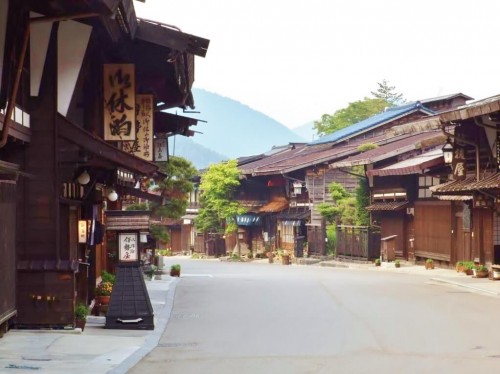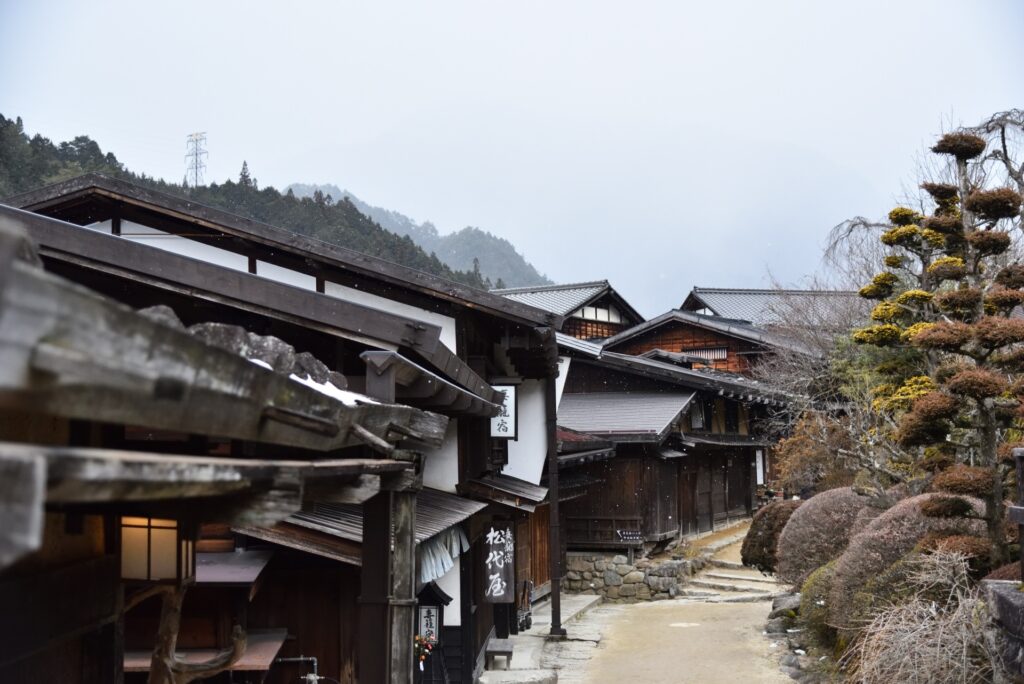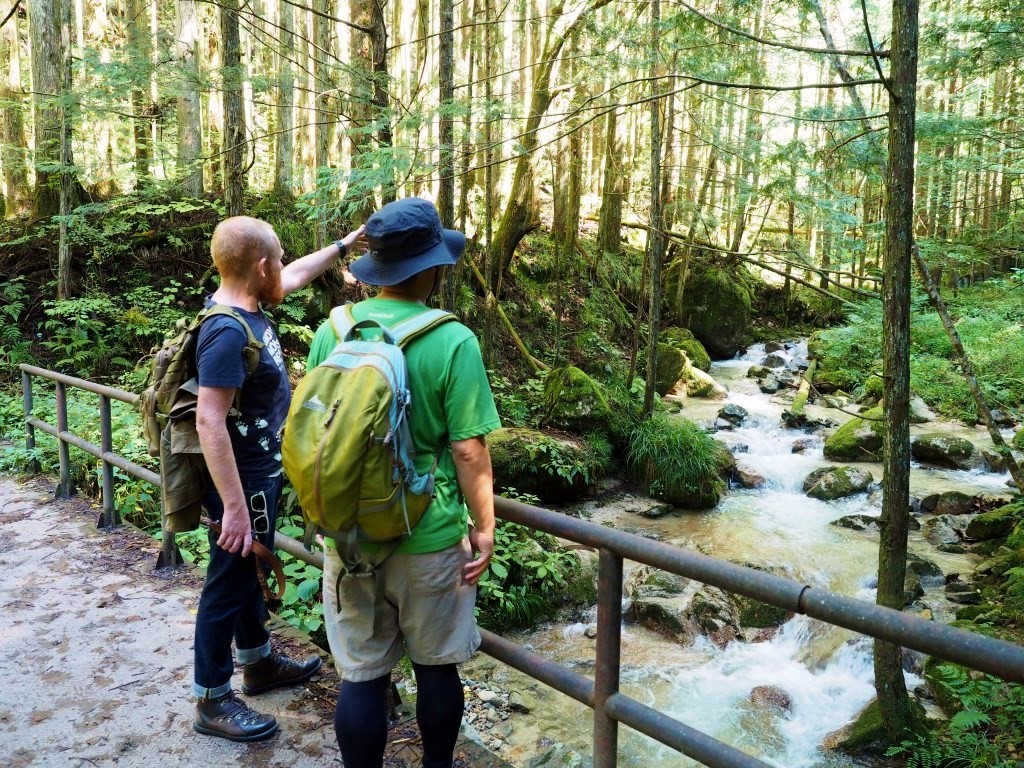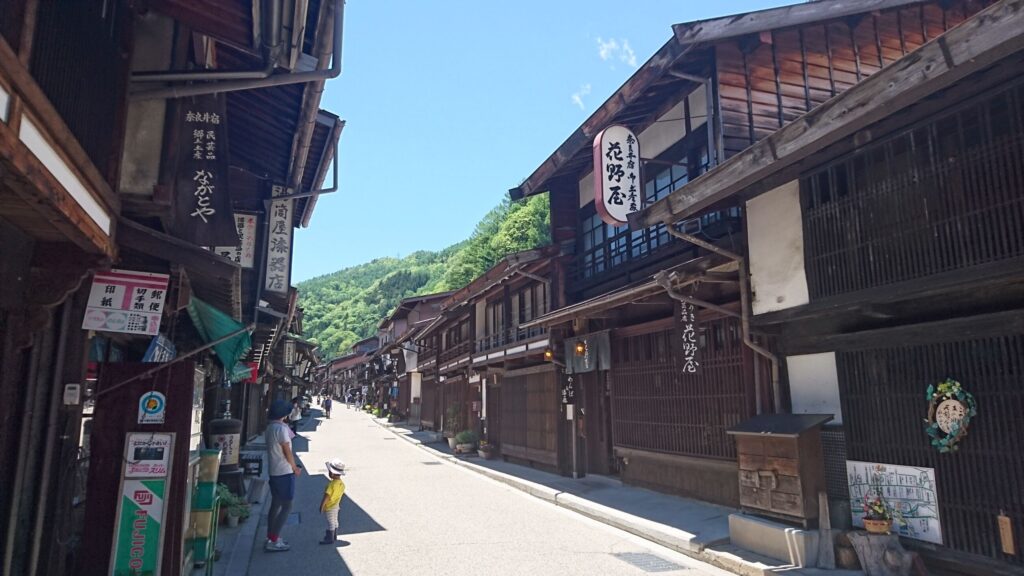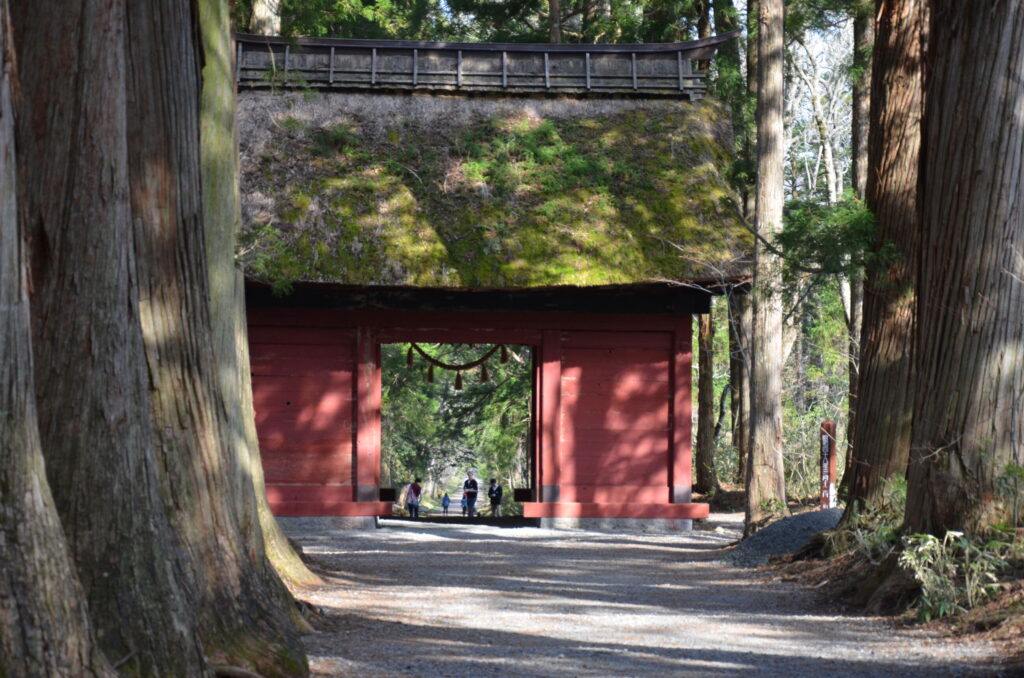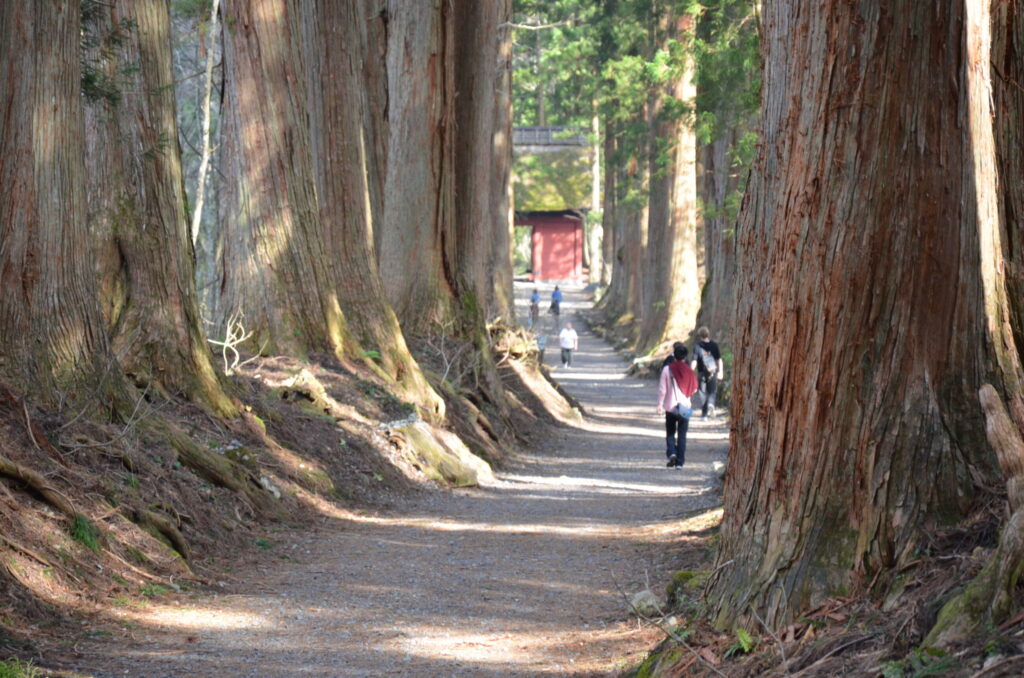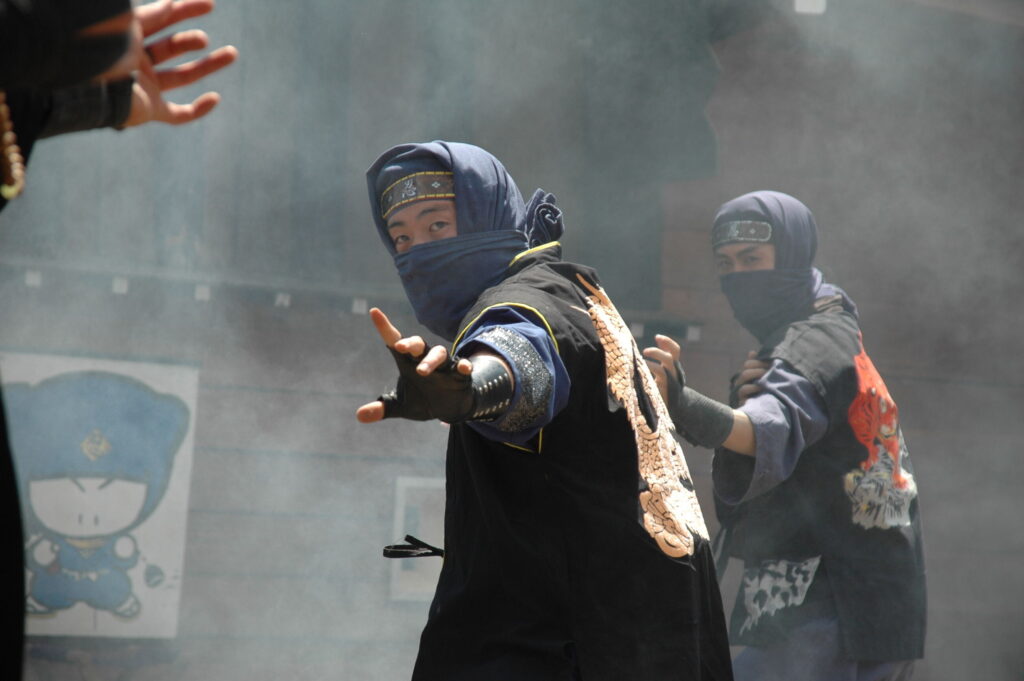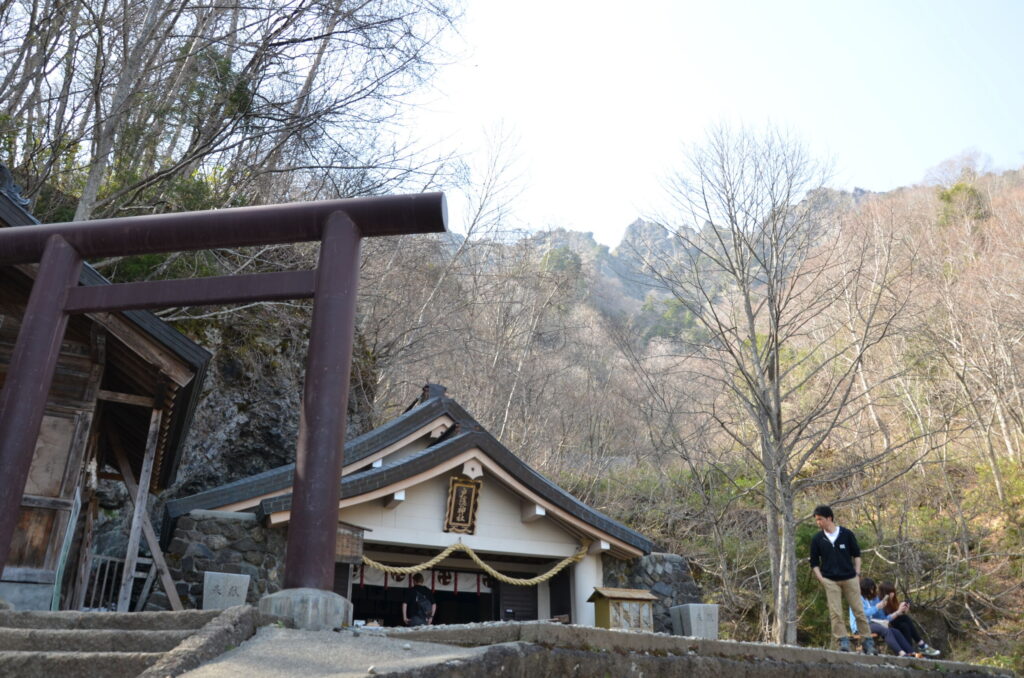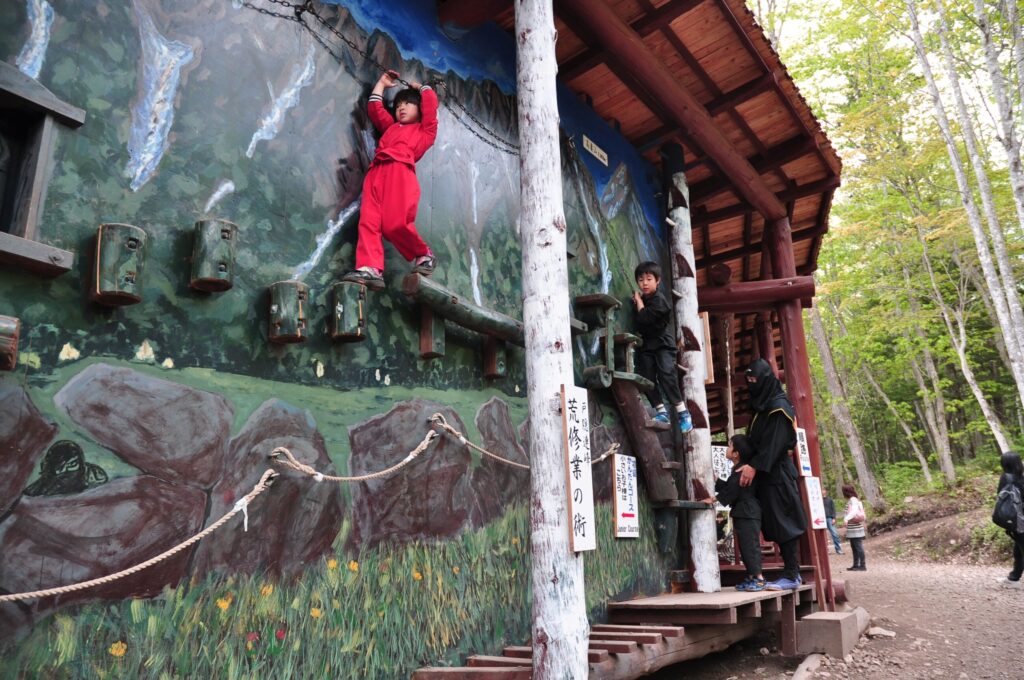In the next installment of our “Recommended Trails in Nagano” series, let’s take a look at two of the most captivating historical trails in the prefecture—the Nakasendo Post Town Trail and the Togakushi Ninja Trail.
On a quick side note, if you are looking to do some serious hiking or just get out into the wilderness of Japan, do check out the first article in this series about Nagano’s mountain trails.
The beauty of walking along Nagano’s historical trails is that you get a taste of Japanese history, culture, and nature all in one. These trails have existed for centuries. Although now they are popular recreational getaways, in the past, the trails acted as important roadways for people and goods on the move—just like modern highways and trains routes do nowadays.
The Nakasendo Post Town Trail and the Togakushi Ninja Trail served two very different purposes and thus offer very different experiences. Keep reading to find out more!
Best Season to Visit
We highly recommend visiting both the Nakasendo Post Trail and the Togakushi Ninja Trail during the spring, summer, and autumn seasons. Both trails offer their share of seasonal flowers and forested paths which change in character as the seasons move on. During the summer months, you will find either destination an excellent reprieve from Japan’s humid climate.
Nakasendo Post Town Trail
The Nakasendo trail is one for history lovers. It is an ancient trade route that ran between Kyoto and Edo (present-day Tokyo) and was used by merchants and samurai. The portion that runs through Nagano’s Kiso Valley is one of the most marvelously preserved sections of the trail and is dotted with old post towns where travelers from long ago would rest or overnight as they headed toward their destination. Within each post town, the road is lined with traditional houses and inns.
Walking the trail between the posts towns of Magome to Tsumago is an especially rewarding experience and the most popular section of the route. The entire walk takes around 2.5 to 3 hours. We recommend going from Magome to Tsumago as most of the trail is a gentle downhill with a few uphills here and there. Make sure you wear shoes and clothes that are appropriate for light hiking.
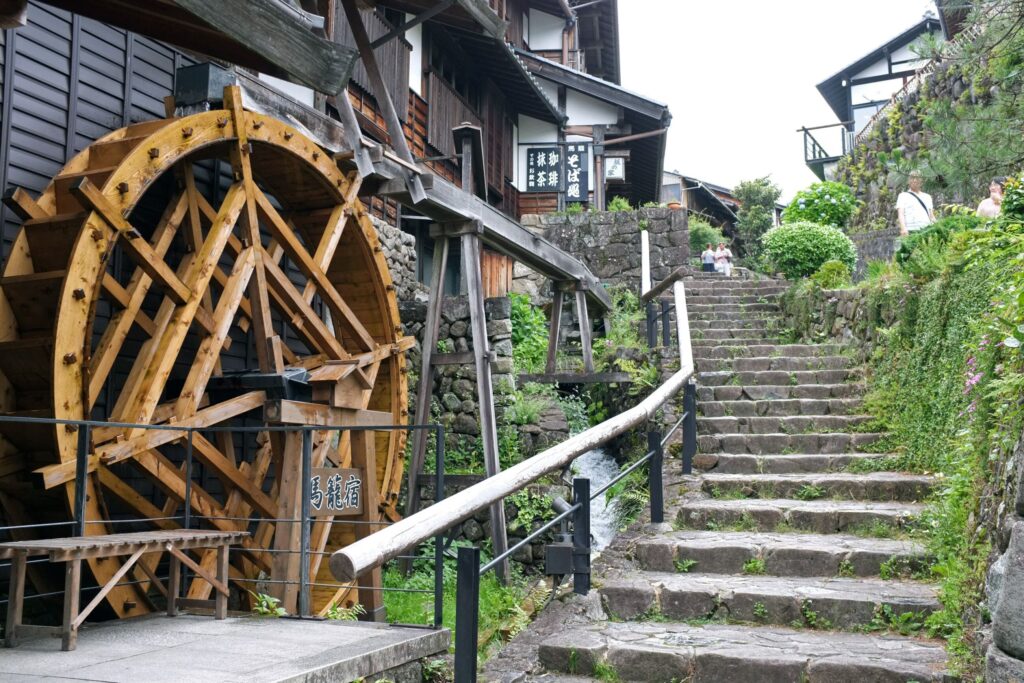
Magome’s most striking feature is perhaps the traditional, wooden water mill, which is still in operation to this day, and its cobblestone path. Here, you will find plenty of cafes, shops, and snack stands where you can taste some of the local goodies. Once you leave Magome, the Nakasendo Trail meanders through the forest and few quaint farms. When you arrive in Tsumago, you’ll find former inns and residences that are up to 200 and 300 years old!
Another portion of the trail that is of particular interest is the section that passes over the Torii Pass and into the post town of Narai. The Torii Pass is the highest point along the Nakasendo Trail at 1,197 meters, so it requires a bit of a climb. Walking from Yabuhara Station, the path takes you through a deep forest and up the pass before heading down to Narai—a roughly 3-hour hike. You can of course choose to go in the opposite direction as well.
Narai was the wealthiest of all the post towns on the Nakasendo Trail and also features the longest stretch of beautifully preserved inns and residences of all the post towns. Make sure you don’t miss the unique arched bridge that stretches across the Narai River. Although a modern bridge, it was built with the wood from a 300-year old hinoki cypress tree and is a breathtaking example of Japanese craftsmanship.
Because Kiso Valley has a rich tradition of high-quality craftsmanship in woodworking, lacquerware, comb-making, and bamboo work, one of the highlights of visiting each post town is exploring the incredible traditional craftwork. Some of the small shops here have been family run for multiple generations. Each town has its own unique shops, so be sure to check them out.
Access
Access from Nagano Station to Magome (Magome to Tsumago trail)
Take the JR Shinano Limited Express train from Nagano Station to Nakatsugawa Station (about 2 hours), the closest station to Magome. From Nakatsugawa Station, it is a 30-minute bus ride to Magome. Buses run about once per hour.
Access from Matsumoto to Narai or Yabuhara Stations (Torii Pass trail)
For walking the trail over the Torii Pass between Narai and Yabuhara Station, first, take the either the local JR Shinonoi Line or the JR Shinano Express train to Matsumoto Station (1 hour 18 minutes on the Shinonoi Line or 49 minutes with the Shinano Express). From there, take the JR Chuo Line train Yaburhara Station (1 hour 2 minutes) or Narai Station (56 minutes), depending on which way you want to walk the trail.
Access from Matsumoto to Magome (Magome to Tsumago trail)
Take the JR Shinano Limited Express train from Matsumoto Station to Nakatsugawa Station (about 1 hour 15 minutes), the closest station to Magome. From Nakatsugawa Station, it is a 30-minute bus ride to Magome. Buses run about once per hour.
You can also take the slower, but less expensive, JR Chuo Line from Matsumoto Station to Nakatsugawa Station (2 hours 30 minutes).
Access from Matsumoto to Narai or Yabuhara Stations (Torii Pass trail)
For walking the trail over the Torii Pass between Narai and Yabuhara Station, take the JR Chuo Line train from Matsumoto Station to Yaburhara Station (1 hour 2 minutes) or Narai Station (56 minutes), depending on which way you want to walk the trail.
Togakushi Ninja Trail
Where the Nakasendo Trail is steeped in history, the Togakushi Ninja Trail is shrouded in myth and spiritual aura. This trail is located only 20 kilometers from Nagano at the foothills of Mt. Togakushi. Mt. Togakushi is one of Japan’s most sacred mountains and the location of the Togakushi Shrine, which has 2,000 years of history and enshrines some of the most important Shinto deities. The trail has been used for pilgrimages to the shrine since long ago.
It turns out that the deep forests and terrain of this area also served as an excellent hide-out and training area for ninja. In fact, you can explore ninja history at the legendary Togakure Ninpo Ninja Museum (a former ninja training school) and have a bit of family fun at the Kids Ninja Village.
As for the Togakushi Ninja Trail itself, it runs through the forested foothills, connecting the five individual shrines that make up the entire Togakushi Shrine complex. It takes about 2.5 to 3 hours to visit all the shrines along the trail. You will walk through gentle paths lined with enormous, sacred trees that are over 800 years old—a humbling experience infused with the power of nature and Japanese spiritualism. The shrines and shrine gates you see along the way are also stunning, and you will find yourself in gazing at the beautiful, traditional architecture and intricate wood carvings featuring dragons and other symbolism.
One of the most awe-inspiring parts of the journey is the walk to the uppermost shrine, called the Okusha. The beginning of this 2-kilometer stretch is marked by a large torii gate leading into the forest. Halfway down the path, you will encounter an impressive, thatched-roof gateway called the Zuijimon. Inside either side of the gateway are two large figures carved out of wood. From this point, the trail is lined with massive, 400-year-old cedars that seemingly tower all the way up to the heavens. The path comes to an end at the final shrine, located at the top of a small slope.
If you are at all interested in ninja lore and history, do visit the Togakure Ninpo Ninja Museum where you will find hundreds of pieces of ninja tools, weapons, and equipment on display and actual photographs from the Togakure School’s 34th master. You can even do some ninja training yourself at the museum’s shuriken (throwing star) range and the ninja house which is filled with hidden passages and traps! For extra fun, check out the Kids Ninja Village, which is a small family amusement park where you try out all sorts of ninja-themed activities including obstacle courses, a dart-blowing range, and more. The museum and village are also accessible from the trails.
Access from Nagano Station
Togakushi can be accessed by bus from Nagano Station. Take bus numbers 70 or 71, which depart about once per hour and takes about 50 to 60 minutes. Choose the bus stop depending on which part of the trail you wish to start at: Togakushi Hokosha (Lower Shrine), Togakushi Chusha (Middle Shrine), or Togakushi Okushairiguchi (Upper Shrine). Start at the Togakushi Hokosha/Lower Shrine stop if you would like to walk the entire trail from the lowermost point up to the Okusha (Upper) Shrine visiting all the individual shrines along the way. To get closest to the Ninja Museum, use the Togakushi Chusha (Middle Shrine) stop and for an express route to the uppermost Okusha Shrine, use the Togakushi Okushairiguchi stop.



